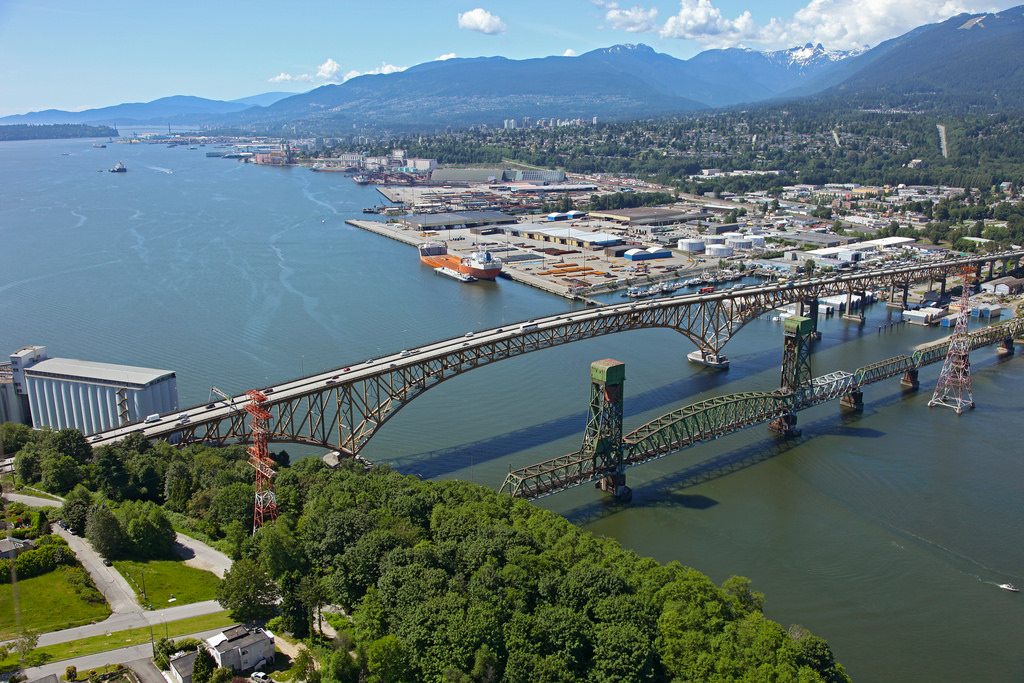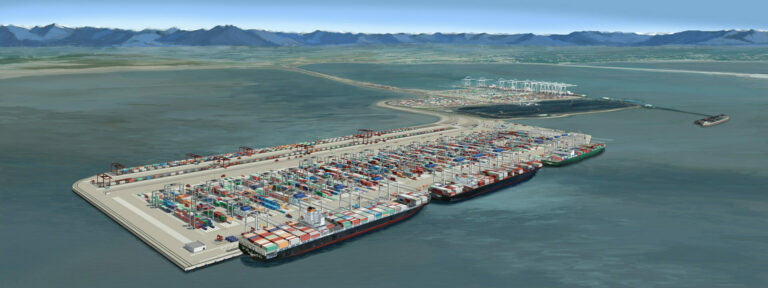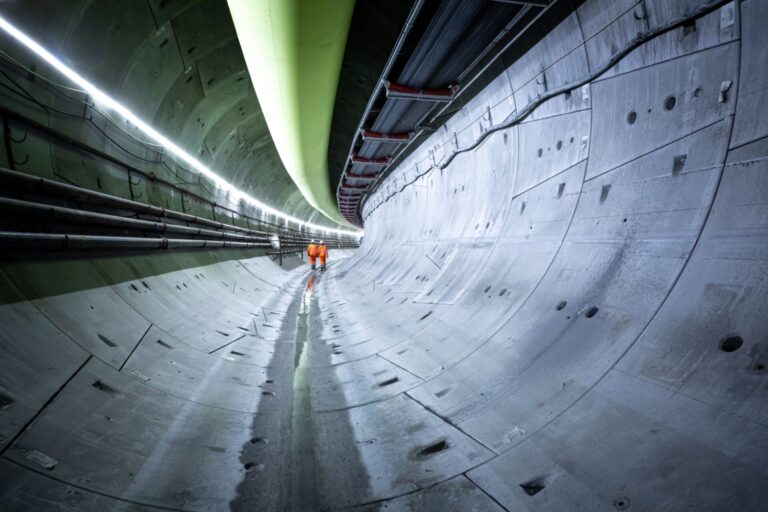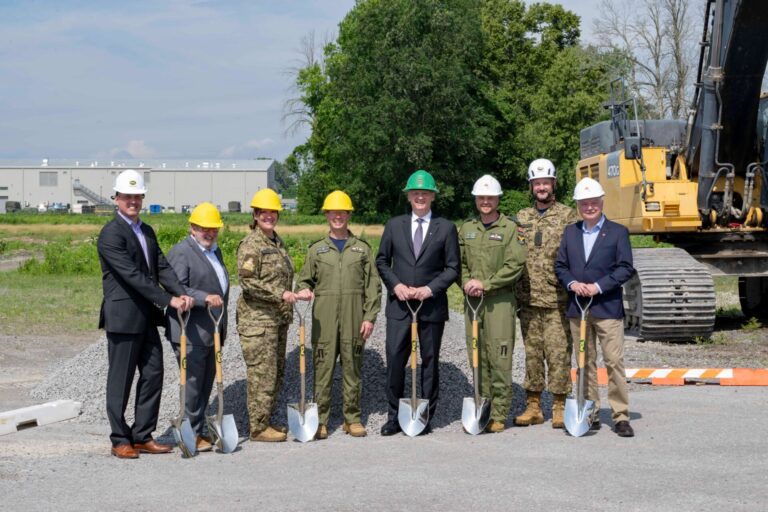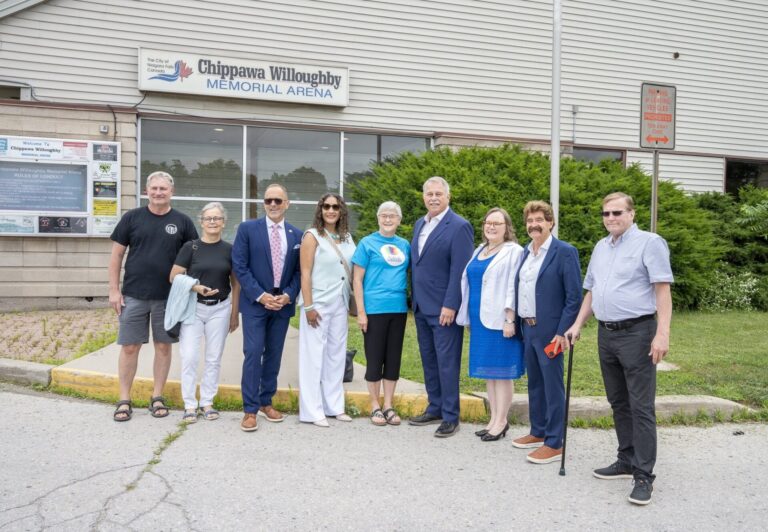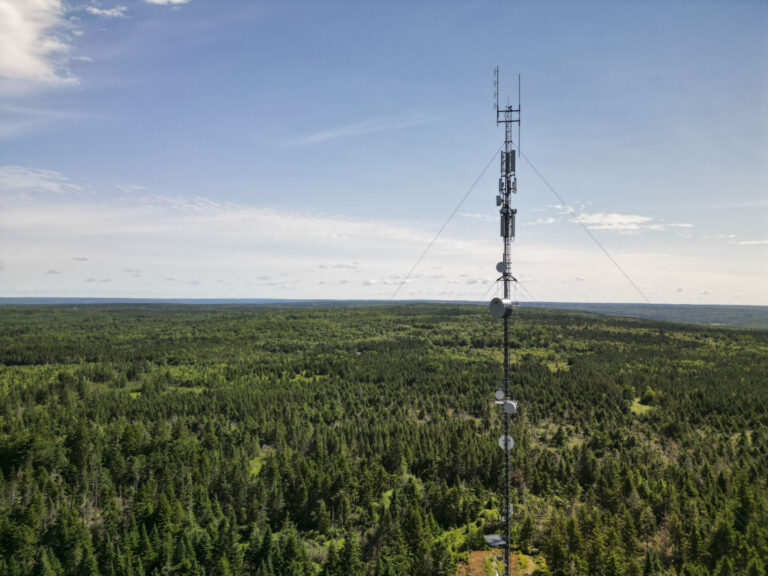The British Columbia Ministry of Transportation and Infrastructure is moving forward with retrofit designs to further strengthen the Lions Gate and Ironworkers Memorial bridges.
Changes in vessels operating in the Burrard Inlet, and updates to the national bridge design code, prompted the ministry to review both bridges against the code in spring 2015. The review included consultation with the Vancouver Fraser Port Authority, the Pacific Pilotage Authority, BC Coast Pilots, and the Transportation Safety Board of Canada.
The review, which is now complete, found that both bridges satisfy vessel impact criteria for new bridges of regular importance (Class 2), but they do not meet the criteria for new bridges of critical importance (Class 1).
The study identified tangible measures the ministry is now pursuing to bring both bridges up to the more stringent Class 1 criteria, to further strengthen their resilience in the unlikely event of a vessel impact:
- Lions Gate Bridge: The existing concrete collar protection at the base of the south tower will be enhanced with an in-water rock-fill berm. (The north tower is already protected by a rock-fill berm.)
- Ironworkers Memorial Bridge: A steel barrier will be added to protect the trusses, and in-water deflection structures will be installed close to the bridge.
Design work is underway for an interim truss fender on the Ironworkers Memorial Bridge. A Request for Qualifications (RFQ) has been issued on BC Bid to undertake functional design work, and lead stakeholder consultation to move forward on the measures above.
Class 1 bridges are of critical importance to the transportation network, having an exceptionally small annual risk of collapse of less than one in 10,000. They are intended to be 10 times more reliable than regular bridges. Class 2 bridges are of regular importance, having a very small annual risk of collapse of less than one in 1,000.

